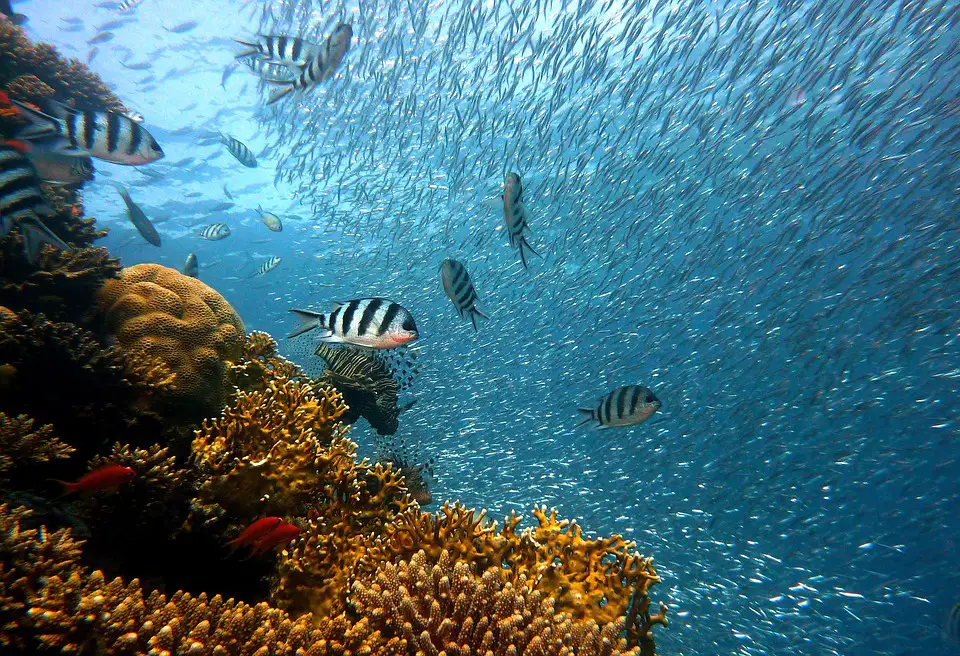Lithuania is a beautiful country known for its picturesque landscapes, rich history, and delicious cuisine. One of the most popular culinary activities in Lithuania is fishing, as it offers both locals and tourists the chance to catch fresh, sustainable seafood and enjoy it in a variety of traditional dishes. In this blog post, we will explore the art of fishing in Lithuania and how to cook and enjoy your fresh Lithuanian catch.
The Art of Fishing in Lithuania
Fishing has been an integral part of Lithuanian culture for centuries. The country is home to numerous lakes, rivers, and coastal areas, offering ample opportunities for fishing enthusiasts to indulge in their favorite pastime. Whether you prefer freshwater or saltwater fishing, Lithuania has something for everyone. Local fishing traditions and techniques have been passed down through generations, making it a cherished part of Lithuanian heritage.
Fishing Gear and Techniques
When it comes to fishing in Lithuania, it’s essential to have the right gear and know the best techniques to catch your desired fish. Popular fishing methods in Lithuania include angling, spinning, and fly-fishing. Anglers can expect to catch a variety of fish, including pike, perch, carp, trout, and salmon, depending on the location and fishing season.
Fishing Regulations and Sustainability
It’s important for anglers to be aware of local fishing regulations and practice sustainable fishing methods to preserve the natural balance of aquatic ecosystems. Catch-and-release practices, using barbless hooks, and following size and catch limits are all crucial to maintaining healthy fish populations for future generations to enjoy.
Cooking Your Fresh Lithuanian Catch
Once you’ve caught your desired fish, the next step is to prepare and cook it to perfection. Lithuanian cuisine is known for its simple yet flavorful dishes that highlight the freshness of the ingredients, and fresh fish is no exception. Whether you prefer to grill, smoke, bake, or fry your catch, there are numerous traditional Lithuanian recipes to explore.
Traditional Lithuanian Fish Dishes
Some of the most beloved Lithuanian fish dishes include smoked eel, fried herring, and baked trout. These dishes are often prepared with local herbs, spices, and seasonings to enhance the natural flavors of the fish. Additionally, fish soups and stews are popular choices, especially during the colder months when a warm, hearty meal is appreciated.
Accompaniments and Pairings
When enjoying your fresh Lithuanian catch, consider pairing it with traditional Lithuanian accompaniments such as dark rye bread, potatoes, pickles, and sauerkraut. These classic pairings complement the flavors of the fish and offer a well-rounded dining experience.
Table: Sustainable Fishing Practices in Lithuania
| Fishing Practice | Sustainability Recommendation |
|---|---|
| Catch-and-Release | Release undersized or non-target fish to promote healthy populations |
| Barbless Hooks | Minimize harm to caught fish and facilitate safe release |
| Respecting Catch Limits | Adhere to local regulations to prevent overfishing |
Key Takeaways
-
- Fishing is a cherished tradition in Lithuania, offering ample opportunities for sustainable seafood harvesting.
-
- Local fishing regulations and sustainable practices are critical to maintaining healthy fish populations.
-
- Lithuanian cuisine features a variety of traditional fish dishes that highlight the freshness of the catch.
-
- Pairing fresh fish with classic Lithuanian accompaniments enhances the dining experience.
Conclusion
Exploring the art of fishing in Lithuania and enjoying your fresh catch is a rewarding experience that allows you to connect with nature while savoring the delicious flavors of the country’s seafood. By embracing sustainable fishing practices and traditional cooking methods, you can indulge in a truly authentic culinary adventure in Lithuania.
Frequently Asked Questions
1. What are the best fishing spots in Lithuania?
Some of the best fishing spots in Lithuania include Lake Plateliai, the Nemunas River, and the coastal areas of the Baltic Sea.
2. Are there fishing seasons in Lithuania?
Yes, certain fish species have specific open and closed seasons to regulate fishing activity and protect spawning populations.
3. How can I ensure sustainable fishing practices?
Adhering to local regulations, using barbless hooks, and respecting catch limits are essential for sustainable fishing in Lithuania.
4. What are the traditional Lithuanian methods of cooking fish?
Traditional Lithuanian fish dishes are often prepared by smoking, frying, baking, and incorporating local herbs and seasonings.
5. What are some popular Lithuanian fish dishes?
Smoked eel, fried herring, and baked trout are among the most popular Lithuanian fish dishes enjoyed by locals and visitors alike.
6. Can I fish in Lithuania as a tourist?
Yes, tourists are welcome to engage in recreational fishing activities in Lithuania, provided they adhere to local regulations.
7. Are there guided fishing tours available in Lithuania?
Yes, there are guided fishing tours offered by local experts who can provide insights into traditional fishing techniques and scenic locations.
8. What are the best practices for storing fresh fish?
Keep fresh fish refrigerated and consume it within a few days for optimal freshness and flavor.
9. Can I bring my own fishing gear to Lithuania?
Yes, anglers are welcome to bring their own fishing gear or rent equipment from local providers.
10. How can I support sustainable fishing initiatives in Lithuania?
You can support sustainable fishing initiatives in Lithuania by spreading awareness, participating in conservation efforts, and choosing responsibly sourced seafood when dining out.

